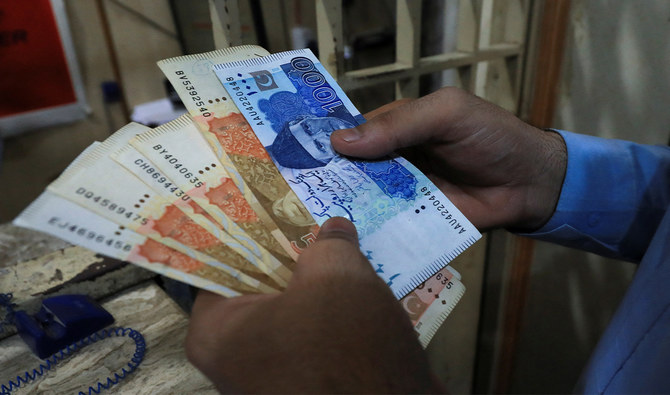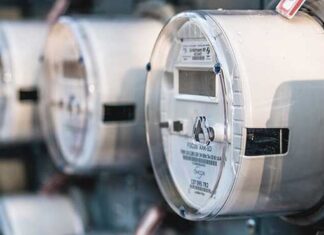Lending by commercial banks to the Government of Pakistan surged to an unprecedented 100.83% of total deposits in August 2024, as commercial banks lent Rs31.03 trillion to the government, surpassing their total deposits of Rs30.78 trillion, according to the State Bank of Pakistan (SBP).
This pushed the investment-to-deposit ratio (IDR) to an all-time high, compared to 84.32% in August 2023, when banks had lent Rs 22.01 trillion against deposits of Rs 26.11 trillion.
The sharp increase in government borrowing has raised concerns, with commercial banks also borrowing a record Rs12 trillion from the SBP.
These funds were used to meet the government’s financial needs, provide credit to the private sector, and fulfill the requirements of retail and commercial customers.
In August 2024, total bank deposits grew by 18% to Rs30.78 trillion, up from Rs26.11 trillion in August 2023. This growth was largely driven by a robust inflow of workers’ remittances, with expatriates sending excess funds to relatives in Pakistan.
Banks have been profiting by borrowing from the SBP at lower rates and lending to the government at higher rates, benefiting from risk-free returns.
Meanwhile, lending to the private sector has dropped significantly, with the advance-to-deposit ratio (ADR) falling to 38.36% (Rs11.80 trillion) in August 2024, down from 45.09% a year earlier.
This decline poses a risk to banks, as the Federal Board of Revenue (FBR) has warned that if banks fail to achieve an ADR of 50% by the end of December 2024, they could face additional taxation of up to 16%.
The government’s increased borrowing from banks is due to lower-than-expected tax revenues, driving a greater need for borrowed funds to cover the fiscal deficit.
In June 2024, commercial banks’ borrowing from the SBP via open market operations (OMOs) reached an all-time high of Rs12 trillion.
OMOs are used by central banks to inject liquidity into the banking system by purchasing government securities, ensuring banks have sufficient funds to meet government borrowing needs.
Direct borrowing from the SBP by the government is restricted under IMF guidelines.























